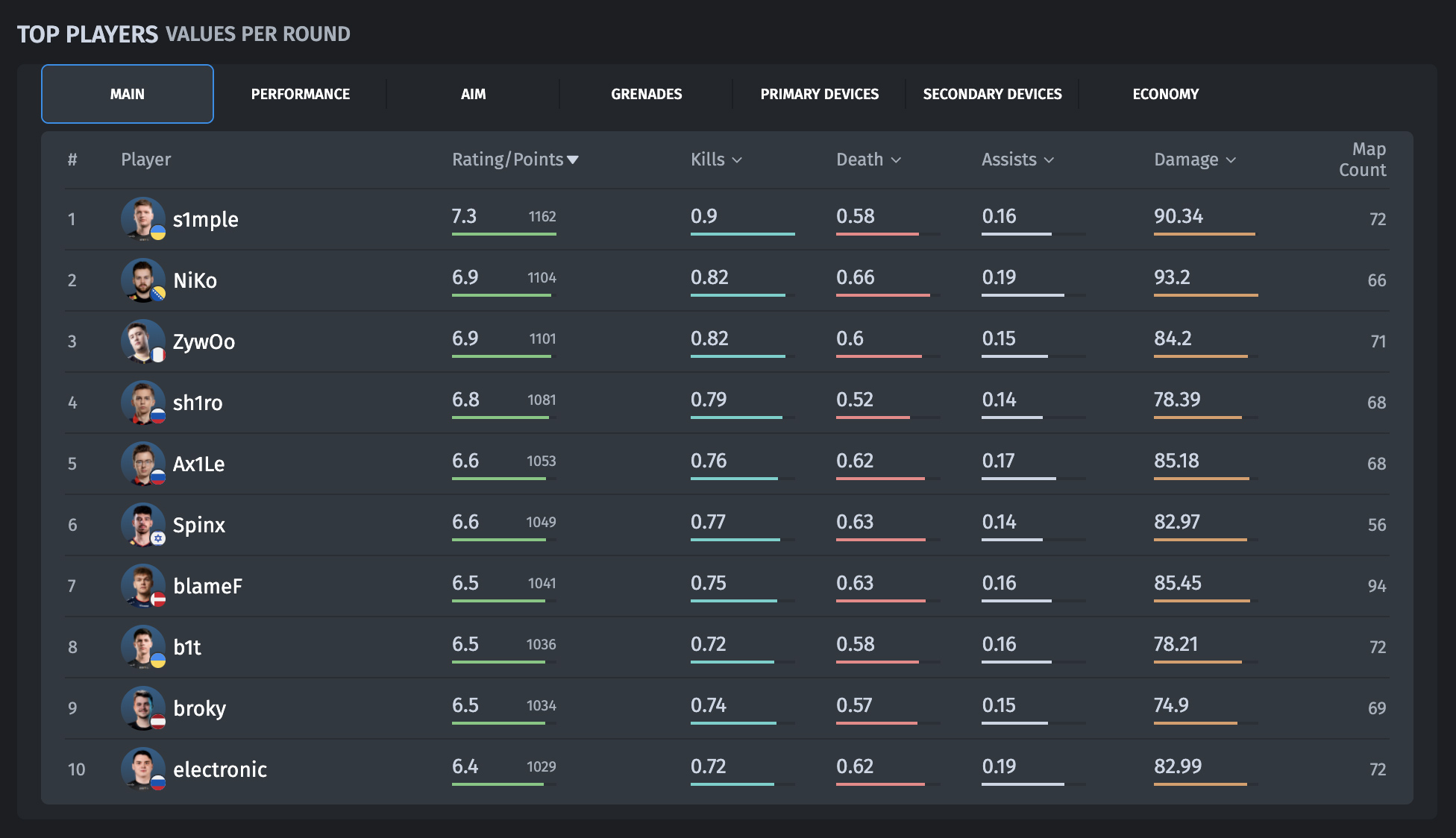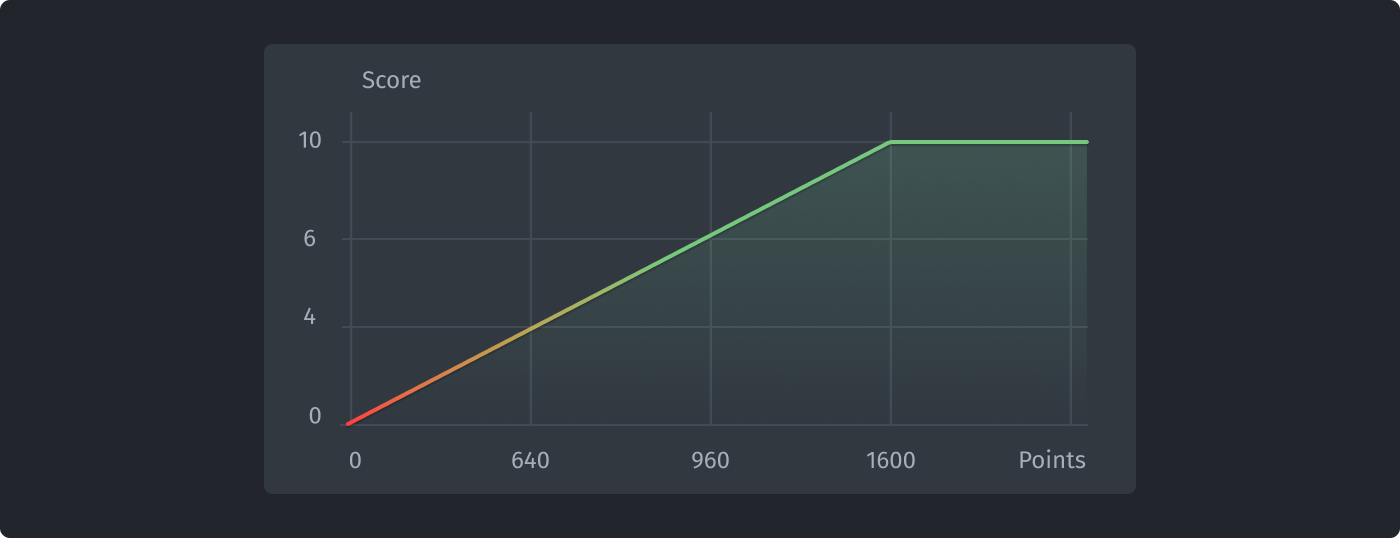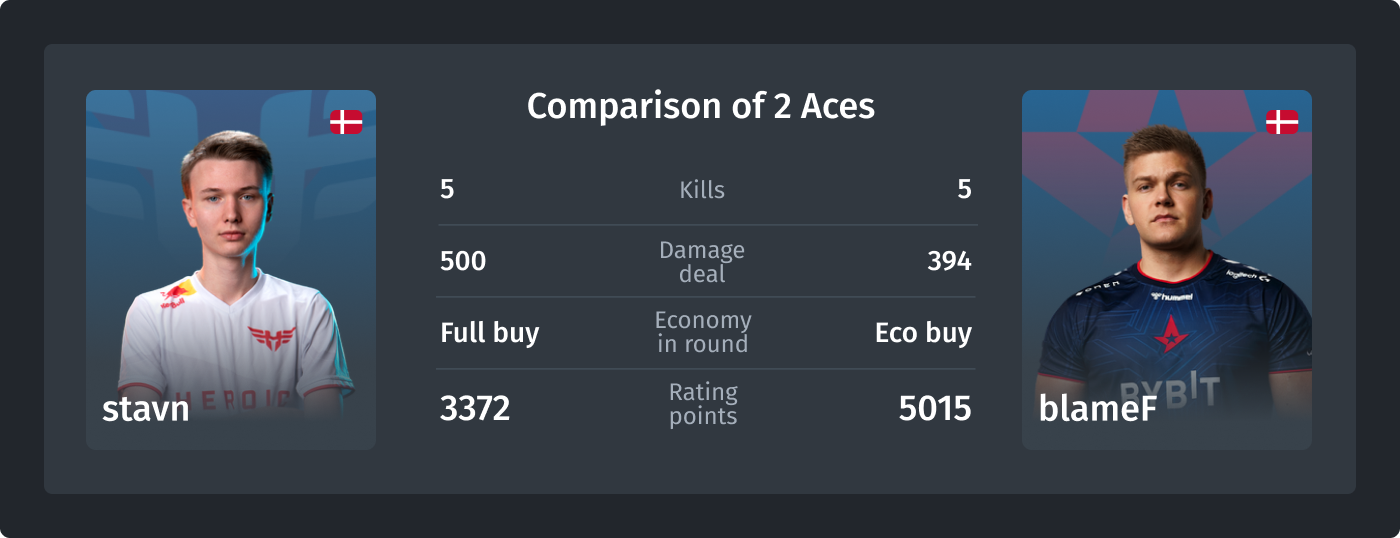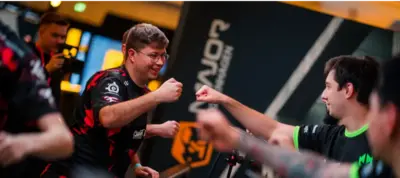Player Rating
Player rating is an important tool that allows you to analyse the situation on the pro scene, better understand how things are going in the career of esports players, and even help predict the results of matches.

We have analysed many different rating systems from eSports and traditional sports, as well as consulted with the best CS:GO players, coaches and analysts.
It turned out that most analysts use the rating of players from the well-known portal hltv.org. Without a doubt, it deserves attention, as it has existed for a very long time and managed to prove itself well. However, it has a number of important shortcomings that no longer allow it to be objective.
Disadvantages of rating from hltv:
The hltv portal does not disclose the formula by which their rating is calculated. Let's take a look at the list of shortcomings of their rating, which was compiled by analysts and CS:GO enthusiasts, based on their scores in matches.
- Outdated. The last time the hltv rating was updated was in 2017.
- Difficult to understand. Many complain that the system has a gradation from 0 to 3, but at the same time, a score of 1.3 is considered quite high. This is bewildering
- No accounting for the economy. It is the economy of the team that determines its firepower in the round, however, the rating from hltv ignores the economy.
- No consideration of the sides. On some maps, the team has an advantage by playing on the "strong" side, such as CT on Ancient. Other things being equal, the players of the "weak" side should put in more effort to win, but in hltv both teams are ranked equally.
- No alternative - no progress.
For a long time, the hltv rating was considered the most authoritative, however, we have given you a number of its shortcomings. For these reasons, we decided to create a new rating that would correct the imperfections of the old rating systems and become a useful tool for analytics.
Cover.gg rating
Evaluating a player in a CS:GO match is not an easy task. Each game consists of a minimum of 16 rounds, each of which is quite unique in terms of a number of parameters, such as whether a bomb was planted or which team made an Open kill. As a result, the best solution is to count the player's rating in each round, and then get the overall rating for the card.

Rating calculation rules:
Cover.gg uses statistics for all professional games for the whole year. But for each individual round, it is filtered by the following parameters:
• By map (eg Dust 2)
• The side the player played for this round (for example, CT)
• Purchasing differences (eg Full Buy vs. Full Eco)
As a result, we get the average indicators that the player must play with in the current round and compare them with the results obtained.
What indicators are used to calculate the rating:
• KILLS - how many opponents the player killed in this round
• DAMAGE - damage dealt
• FLASH ASSISTS - help in killing the enemy, in particular, blinding with a flash drive
• SURVIVE - whether the player survived the round
• CLUTCH - single-handed ending of the round
• A few more indicators that we will not disclose yet
For each useful action, the player is awarded points. Different indicators have different significance. For example, in an attack, survival is often less valuable than killing the enemy. Therefore, each of the indicators has its own coefficient. The arithmetic average of the scores of all rounds is the total score for the map.
How points are converted to grade:
For convenience, the scores are converted into an understandable 10-point score, which is used, for example, by football analysts. The principle of construction is simple and transparent:

1600 points are taken as the maximum, this is the highest score - 10. From 0 to 10, the score is proportional to the points scored:
• From 0 to 4 (up to 640 points) - extremely bad game of the player, just a failure.
• From 4 to 6 (up to 960 points), this is the average level of the game, it is better to compare with teammates here.
• A score above 6 (conditionally - from a thousand points) - this player played a good game, possibly made highlights.
• Separately, I would like to say about the score of 10. After 1600 points, all results are considered as 10. It doesn't matter how many Aces a player has made - this is one of the best matches in his career. Only a few players scored above 1600 points per map. At the time of writing, highest score got s1mple against Spirit – 1765.
A simple example of how ratings work:
Let's compare 2 Aces (killing all 5 opponents by one player):

Ace from Stavn - 3372 points (link)
Ace from BlameF - 5015 points (link)
Even though Stavn has a higher damage stat, BlameF got more points as he played the eco round. Also, in the same round, Benjamin made an Open Kill and a one-on-two clutch. The algorithm correctly determined the higher execution level. By the way, Ace BlameF made his own with Desert Eagle.
As you can see from the example, the new rating system takes into account the context of the game and allows you to better evaluate the contribution of each player to the overall result of the team.
Conclusion
Our team did a tremendous job, which cost us a lot of time and effort. But we are satisfied with our work, as now we have the most accurate rating available, which allows you to easily and conveniently evaluate the results of each player in each round, map and match. At the same time, for the first time in the history of CS:GO, the rating takes into account such indicators as the side, the economy and many other factors that previously remained in the shadows. We are sure that our rating will be added to the tools of every self-respecting analyst and fan of the game Counter-Strike: Global Offensive.
